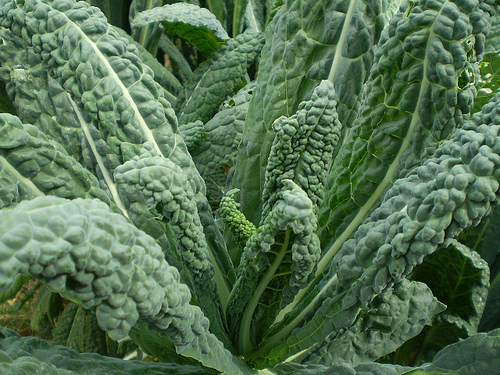savor
Mindful Eating, Mindful Life
savorthebook.com
Read More About
Mindful Eating
Mindful Living
Weight Loss
Exercise
Meditation
Eat Your Greens!

The average American eats about two-and-a-half cups of fruits and vegetables each day—and if you subtract potatoes and fruit juice, even less than that! On average, Americans only eat about ¾ of a cup of dark green vegetables each week—about a tenth of a cup a day. That’s far short of the amounts that nutrition experts recommend to stay healthy
For lettuce and other raw leafy greens, we must eat 2 cups to get the equivalent of 1 cup of other vegetables. Stick with darker greens like spinach and kale, which contain more nutrients than lighter leaves, like iceberg.
The Dietary Guidelines for Americans 2010 offers fruit and vegetable consumption benchmarks based on the amount of calories we eat each day. Consider these guidelines to be a minimum:
If we eat 2,000 calories per day, we should be eating 2 cups of fruit and 2 ½ cups of vegetables each day. If we eat 2,500 calories a day, bump that up to 3 or 3 ½ cups of vegetables per day. For most people, dark green vegetables—including broccoli and spinach, romaine lettuce, and collard, turnip, or mustard greens—should make up anywhere from 1 ½ to 2 ½ cups of their vegetable intake each week. More is certainly better.
Greens and our health:
According to The Nutrition Source:
-
There’s strong evidence that getting enough fruits and vegetables can lower the risk of heart disease and stroke. Findings from The Nurses’ Health Study and the Health Professionals Follow-up Study suggest that all fruits and vegetables factor in to this cardiovascular benefit, but leafy greens, cruciferous vegetables (such as broccoli, cauliflower, bok choy, and Brussels sprouts), and citrus fruits seem to be especially important.
-
The World Cancer Research Fund and the American Institute for Cancer Research reviewed the evidence on fruits, vegetables, and cancer in 2007. They report that non-starchy vegetables, which include lettuce and other leafy greens (as well as garlic, onions, and other delicious vegetables) and fruit ‘probably’ protect against some cancers, among them, mouth, throat, voice box, esophagus, and stomach.
- Dark green leafy vegetables, like spinach and kale, “contain two pigments, lutein and zeaxanthin, that accumulate in the eye; these pigments are found in other brightly colored fruits and vegetables as well, including corn, squash, kiwi, and grapes. These two pigments appear to be able to snuff out free radicals before they can harm the eye's sensitive tissues.”
Here are 3 of my favorite easy leafy green recipes. Prep time: under 10 minutes.
1.Fresh Spinach with Sesame Seeds
This delicious dish takes 5 minutes to make!
2. Pesto
Pesto is a great companion to pasta, bread and veggies. Its’ fresh flavor is invigorating and making it takes about 10 minutes. Your batch of pesto will store in the refrigerator for a few days, in the freezer it can last months.
The ratios below are just a guideline. Taste test as you go to create your own ideal sauce & spread.
1 cup, packed, fresh basil
1 Cup, packed Spinach
½ cup extra virgin olive oil
3 cloves of garlic, minced
1/3 cup pine nuts, chopped (optional)
salt & pepper, 1 pinch each
Begin by blending the basil and nuts, add olive oil slowly, then garlic. Season to taste with salt, pepper or other favorite flavors.
For a little zing, try a touch of nutmeg or lemon juice…
3. Green Smoothie
Portable, tasty & healthy. Prep time: Under 5 minutes.
1 Handful of fresh or frozen blueberries
1 apple
1 Handful of Spinach
1 stalk of celery
Add a few ice cubes, ½ cup water, or soy milk.
Blend!
** Have a little more time? Try Molly Katzen’s delicious recipe for Ruby Chard.
Photo by cruciferous, from the Creative Commons.
SAVOR: Mindful Eating, Mindful Life. Copyright © 2025 by Thich Nhat Hanh and Lilian Cheung. All Rights Reserved. Please review our terms of use
Website design
Mary Pomerantz Advertising





Comments
Exquise. Not exactly in the mood to eat, but gorgeous.